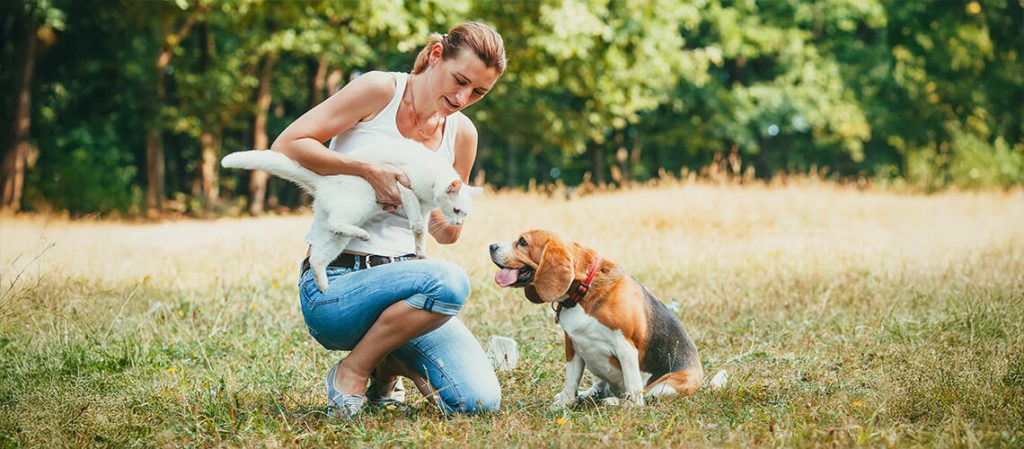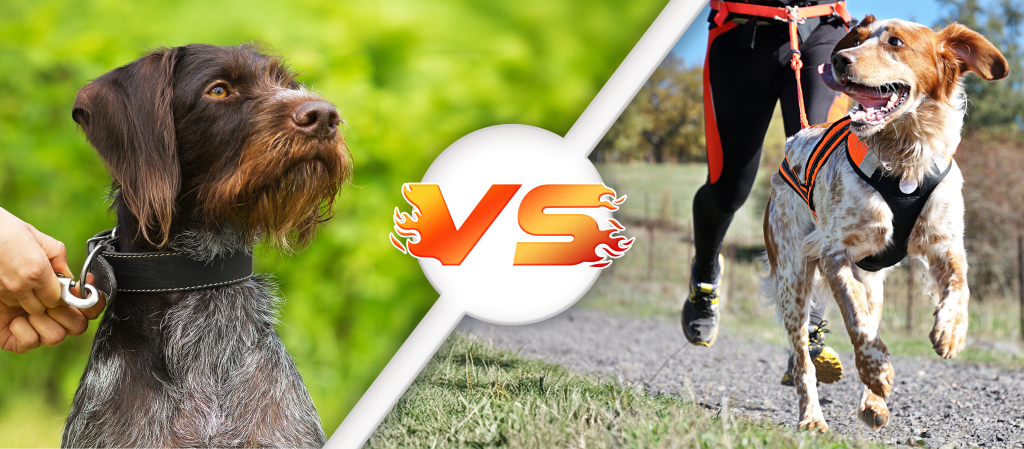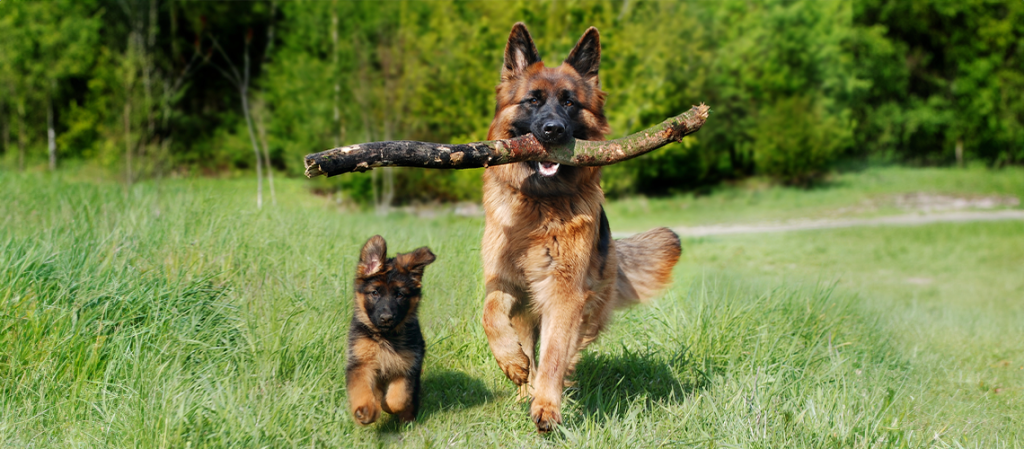Fireworks can be thrilling for humans but terrifying for many dogs. If you have a dog scared of fireworks, you’re not alone. Many dogs show signs of anxiety […]
Can Dogs Have Autism? Decoding Canine Behavior
Dogs, much like humans, can display a wide range of behaviors. Some of these behaviors might make dog owners wonder, can dogs have autism or something similar? Autism […]
Can You Have More Than One Emotional Support Animal?
Emotional Support Animals (ESAs) play an essential role in the lives of people who struggle with mental health conditions like anxiety, PTSD, and depression. These animals provide comfort, […]
Can You Take Emotional Support Animals Anywhere?
If you have an Emotional Support Animal (ESA) to help you cope with stress or other mental health conditions, you might wonder, can you take emotional support animals […]
How to Deal With Pet Allergies: 10 Essential Tips
Having a pet can be a lot of fun, but if you have pet allergies, it can also be challenging. Pet allergies are caused by allergens like pet […]
Dog Collars vs. Harnesses: A Better Way to Walk Your Dog
When it comes to walking your dog, choosing between a collar and a harness can be challenging. Both options offer distinct advantages depending on your dog’s needs. In […]
Can a Cat Be Service Animal? – Service Animals
Service animals play a vital role in helping people with disabilities live more independent lives. These specially trained animals perform tasks their owners cannot manage on their own. […]
Shedding the Truth: Are Labradoodles Really Hypoallergenic?
Labradoodles are a popular dog breed known for their friendly nature and fluffy coats. Many people think Labradoodles are hypoallergenic, which means they believe these dogs won’t cause […]
Miniature German Shepherds as Emotional Support Animals
What Is a Miniature German Shepherd? Miniature German Shepherds are smaller versions of regular German Shepherds, created by breeding them with smaller breeds like Collies or Poodles. This […]
Common Toxic Plants for Dogs and Cats
Pets are curious creatures, and they often explore their surroundings by sniffing and tasting things. Unfortunately, some of the plants they encounter can be highly toxic to them. […]











